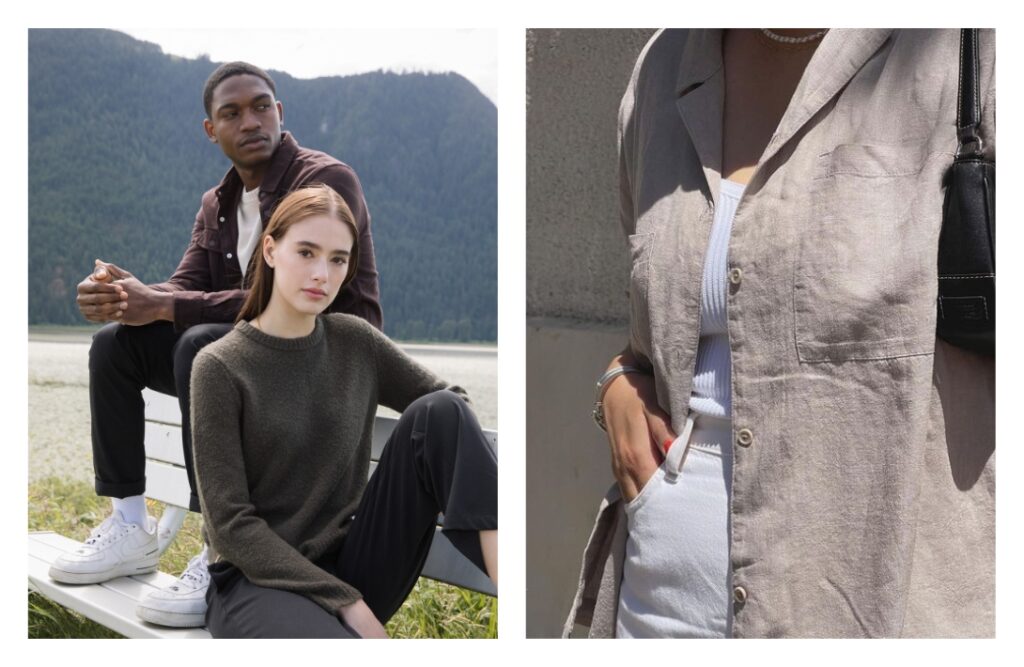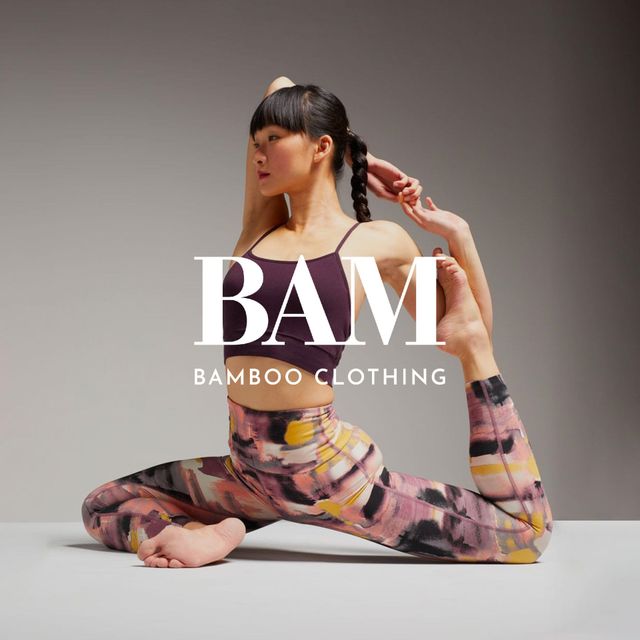Recommended News On Choosing Hemp Clothing
Wiki Article
What Are The Differences Between Hemp And Cotton In Terms Of Water Consumption, Pesticides, Herbicides Etc.?
Due to a variety of reasons, hemp is thought to be a more sustainable crop than cotton in relation to the use of water, pesticides, and herbicides.
Hemp Hemp is regarded as a crop that requires less water requirements compared to cotton or other crops. It is considered to be an herb that flourishes under minimal irrigation. Hemp is often cultivated using rainwater alone in many regions and is therefore a more water-efficient option.
Cotton- Traditional textiles are renowned for their heavy water use. Cotton cultivation requires a lot of irrigation, which could lead to local water shortages and depletion in areas with water stress. Cotton farming's water-intensive nature has led to concerns about its sustainability.
Herbicides and Pesticides
Hemp: Hemp has a natural resistance to many insects. This reduces the requirement of synthetic pesticides. While certain hemp crops might require limited pest management measures, the overall reliance on chemical inputs is lower in comparison to other crops, including cotton. Hemp organic cultivation is virtually pesticide-free.
Cotton- Conventional cotton farming relies heavily on synthetic pesticides. Herbicides are also used to control the growth of weeds. The chemical use can result in negative environmental effects, including soil and water contamination, harm to species that are not targeted and the emergence of pesticide-resistant insects.
Summary: Hemp is thought to be a more eco friendly plant than cotton with regard to the use of water, pesticides, herbicides.
Hemp typically requires less water and can often be grown with minimal watering or irrigation.
Hemp has a natural resistance against a variety of pests.
Hemp crops need less chemical pesticides and herbicides contrasted with traditional cotton.
It is also crucial to understand that sustainable practices and environmentally friendly farming techniques may differ based on the area and the individual farmers. Organic farming practices further enhance the sustainability of both hemp and cotton, by reducing the use of synthetic chemicals and improving soil health. In assessing the environmental impact of clothing and textiles, making use of organic fibers like cotton or hemp can help reduce the fashion industry's environmental footprint. Have a look at the top rated for beginners for hemp clothing for blog info including organic hemp clothing, hemp tank top, nomad hemp wear, hemp tank top, hemp fabric, hemp sweatpants, hemp button shirt, hemp sportswear, afends jesse dress, hemp button shirt and more.

What Are The Benefits Of Hemp Fibers Its Breathable, Moisture-Wicking And Thermoregulatory Properties?
Hemp is a unique material with distinct chemical and structural properties which give it breathable moist-wicking, thermoregulating, and wicking characteristics. These characteristics are a result of the following factors. Microscopical structure- Hemp is distinguished by a hollow, porous fiber that allows air flow through it. Porosity from nature is what makes hemp textiles very air-tight. When knitted or woven into fabric, this structure permits air to flow freely the fabric, which promotes ventilation and prevents the entrapment of moisture and heat onto the skin.
Hemp fibers can be used to absorb water as well as wick away moisture. Hemp fibers can remove moisture or sweat from your body, eliminating the sensation of being wet. The hemp fibers can also distribute water over a larger which allows it to evaporate faster. The properties of hemp that wick moisture away keep you dry and comfortable during exercise or during hot weather.
Hemp fibers possess natural properties for thermal regulation. They can entrap heat close to the skin when it's cold. They also permit moisture and excess heat to escape during hot temperatures, which can help you to reduce heat. Because of their thermoregulatory property, hemp clothing can be used for different temperatures and types of activities.
Antimicrobial properties- Hemp fibers have natural antimicrobial qualities that help inhibit the growth of bacteria that cause odor. This is a factor in the freshness and odor resistance odor of hemp clothing during periods of physical exercise.
Hemp fibres are strong and durable. They can last for a long period of time. Clothing made from hemp fibres will keep their breathability and moisture-wicking capability regardless of repeated washing and use. The durability of hemp clothing allows it to last longer, which can reduce the need for replacing them and, therefore, the environmental impact.
UV Protection Hemp Fibers offer natural UV protection that shields skin from damaging UV radiation. The ability of hemp clothing to block UV radiation makes it suitable for outdoor activities.
It is important to remember the fact that these qualities are found in hemp fibers. They do not depend on chemical treatments or additives. Hemp clothing is breathable, durable, and eco-friendly because of its natural characteristics. It's a fantastic choice for activewear clothing for outdoor wear, as well as clothing for warm conditions. Since hemp fibers can be processed and then woven, they retain their inherent qualities and make them a green, functional fabric. Follow the top rated enquiry for blog advice including hemp dress, hemp jeans mens, hemp t shirts wholesale, hemp cotton fabric, 100 hemp clothing, hemp polo shirts, patagonia work pants hemp, jungmaven sweatshirt, 100 hemp shirt, hemp and cotton fabric and more.

What Are The Benefits Of Bamboo Clothing In Terms Of Environmental And Comfort?
Bamboo clothing provides several benefits in terms of comfort for the wearer as well as the environment in which they live.
Softness- Bamboo is known as being extremely soft. It is a silky smooth texture that feels soft against the skin. Bamboo clothing is popular due to its soft, luxurious feel, which makes it an ideal option for activewear, loungewear and intimate clothes.
Bamboo fibers possess a natural ability to draw moisture away and are breathable. These micro-gaps let air circulate and help keep you cool. The moisture-wicking properties help remove sweat from the skin and decrease the sensation of dampness.
Thermoregulation- Bamboo clothing is a great source of great thermoregulatory qualities. Bamboo clothing keeps you warm in cooler temperatures, by trapping warmth near your body. In the heat, bamboo clothing keeps you cool by allowing the heat and moisture to escape. Bamboo clothing is appropriate to wear all year round because it can adapt to different temperatures.
Hypoallergenic- Bamboo fabric is naturally hypoallergenic and gentle on sensitive skin. It is less likely cause an allergic reaction or cause irritation. This makes it a great option for people with allergies and skin sensitivities.
Bamboo fibers are able to resist to odors due to their antimicrobial properties. Bamboo clothing is fresh even when you are physically active.
Environment-
Sustainability- bamboo is a source of renewable energy that is environmentally sustainable. Bamboo is one of the fastest growing plants in the entire world. It grows with minimal water, and does not require pesticides. Bamboo can be harvested without killing the plant, as it grows through its root system.
Bamboo is a natural water-efficient plant that is water-efficient. Bamboo can be grown with minimal irrigation and is usually grown with rainwater only. This reduces the negative environmental impact of water consumption in agriculture.
Biodegradability Bamboo clothing naturally decomposes when it is removed. This feature reduces the amount of nonbiodegradable textiles that end up in landfills.
Carbon Sequestration- Bamboo plants can absorb carbon dioxide (CO2) from the atmosphere in their rapid expansion. Bamboo cultivation can be a carbon sink which can aid in reducing climate change by reducing greenhouse gases.
Chemical Reduction Bamboo fabric is manufactured with fewer chemical treatments than other types of textiles. This minimizes the environmental impact of textile production.
Closed-Loop Process- Some bamboo fabric processes are closed-loop, which recycles water and chemical waste, and minimizes pollution and waste.
It is important to remember that the impact on the environment can differ based on the manufacturing process used, as well as whether or not the bamboo used for manufacturing was sourced from sustainably managed and ethically controlled bamboo forests. Consumers should only buy bamboo clothes that are made using eco-friendly, ethical practices to ensure the greatest environmental benefits. Have a look at the recommended bamboo clothing examples for site tips including bamboo trousers mens, bamboo twirl dress, onno bamboo shirts, bamboo clothing sustainable, bamboo shorts, dixxon bamboo shirt, bamboo under wear, bamboo cotton shirts, bamboo sports clothing, bamboo clothing sustainable and more.
